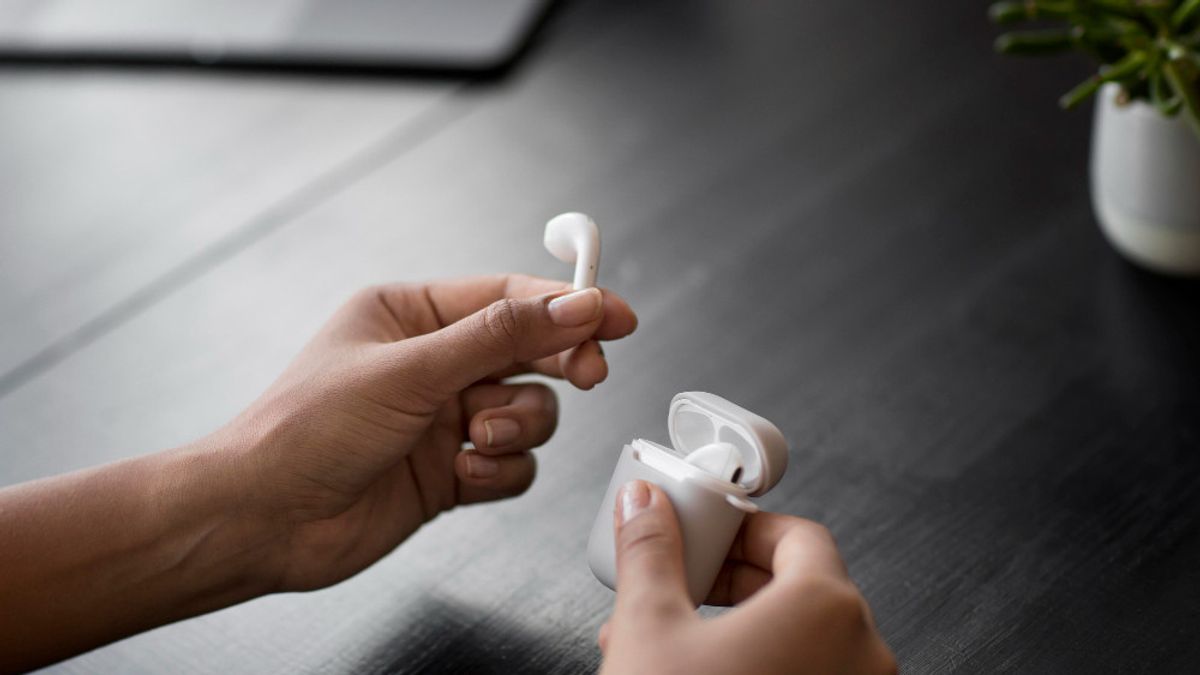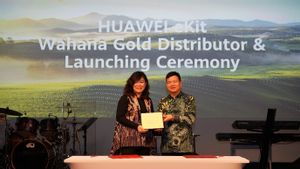YOGYAKARTA - The growth of audio technology is accelerating with the presence of wireless features such as True Wireless Stereo (TWS). This type of earphone offers tremendous comfort and sound quality without cable barriers. However, many are still confused, is the use of TWS on the plane allowed? This post will regulate aspects of law, technical, and benefits as well as the risk of using TWS throughout the flight.
Provisions regarding the use of electronic devices on aircraft, listed by TWS, are regulated by aviation authorities in various countries. One of the most influential authorities is the Federal Aviation Administration (FAA) in the United States, which basically allows the use of personal electronic features such as cell phones, laptops, tablets, and wireless earphones during flights, provided they do not interfere with aircraft navigation systems or communications.
However, there are several stages in flight that practice stricter provisions for the use of electronic features, including TWS. In the takeoff (off) and landing (landing) phase, most airlines ask passengers to turn off or activate flight modes in their electronic features, including cell phones and Bluetooth features such as TWS. Although Bluetooth signals are categorized as weak, airlines continue to carry out this provision as a precaution against potential barriers to aircraft instruments.
In Indonesia, the same regulation is implemented by the Ministry of Transportation through the Directorate General of Civil Aviation. The use of the Bluetooth feature, including TWS, is usually allowed throughout the flight, after the plane reaches cruising altitude and the seatbelt sign is turned off. However, in a critical phase such as takeoff and landing, passengers are required to turn off the feature or activate flight mode.
Each phase of flight has certain regulations regarding the use of electronic features. The following is an explanation for its use in the context of TWS:
During Takeoff and Landing: In these 2 flight phases, the general provisions are to turn off all features that use radio signals, including Bluetooth features such as TWS. Airlines will generally give instructions to passengers to put electronic devices, including wireless earphones. This is done to ensure there are no signal barriers that can affect the aircraft navigation system, although the risk of barriers from Bluetooth features is very low.
When the Plane Vessel Levels: After the plane reaches a stable altitude and the seat belt sign light is turned off, passengers are generally allowed to use electronic features, including TWS, as long as the feature is regulated in flight mode. Many airlines currently allow the use of Bluetooth features, such as TWS, during this stage because the signal is considered harmless.
During Turbulence or Instructions from Cabinet Crews: During flights, weather conditions or instructions from cabin crews may require passengers to release TWS or other electronic features. For example, in a state of severe turbulence, passengers may be asked to focus on safety instructions and not use features that can distract them.
Using TWS on an airplane has some benefits, especially for passengers who want to enjoy entertainment or relieve boredom throughout the flight. Here are some of the advantages:
Wireless comfort: TWS allows users to listen to music, watch movies, or play games without having to bother with cables. This makes it very easy, especially on small plane sofas.
The Noise Cancellation: Many modern TWS features are equipped with an active noise cancellation (ANC) feature that can help reduce noise in the cabin, a kind of aircraft engine sound or other passenger chat. This feature makes flights more secure for those who are noise sensitive.
Long Lasting Battery: Most modern TWS have a fairly long battery life, even up to a few hours, making it suitable for long-distance flights.
Although TWS provides many benefits, there are several risks that need to be considered:
Safety in Emergency Conditions: Wearing a TWS when an emergency occurs on an airplane can be a problem. Earphones can limit the ability of passengers to hear instructions from cabin crews or important announcements. Therefore, it is important to release TWS when there are safety instructions from crews.
Technology perturbation: Although rare, there is a small potential if the Bluetooth feature can disturb electronic signals on the aircraft, especially along critical phases such as takeoff and landing. This is why airlines require devices to be turned off throughout this phase.
Talking about TWS, you should need to know what the Duration and Volume of Using TWS is like, according to the Expert.
So after knowing whether it is permissible to use TWS on the plane, see other interesting news on VOI.ID, it's time to revolutionize news!
The English, Chinese, Japanese, Arabic, and French versions are automatically generated by the AI. So there may still be inaccuracies in translating, please always see Indonesian as our main language. (system supported by DigitalSiber.id)













